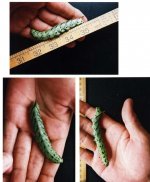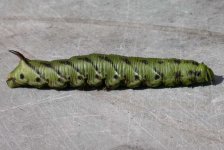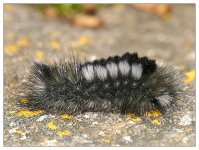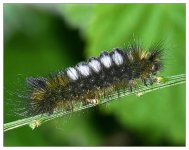harry eales
Ancient Entomologist
Hello Hugh,
I don't have a copy of Porters book on larva but to test it out, can you ID the caterpiller in the attached photographs by just using Porter? It is in the British List and was taken in Co. Durham, England.
The ruler is showing inches not cm.
All right the rest of you, get fell in and keep mum. lol.
Harry
I don't have a copy of Porters book on larva but to test it out, can you ID the caterpiller in the attached photographs by just using Porter? It is in the British List and was taken in Co. Durham, England.
The ruler is showing inches not cm.
All right the rest of you, get fell in and keep mum. lol.
Harry
Attachments
Last edited:








